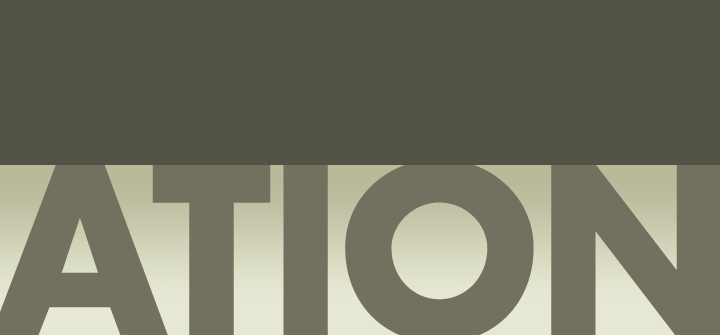We call them “opportunity schools,” and our goal was to show what our kids could do in an environment of high expectations, excellent pedagogy, and rigor. Not surprisingly, these innovative schools far outperform their district peers and rank alongside suburban counterparts.
Exhibit A is the Cleveland School of Science and Medicine, which holds Ohio’s top school rating. Every member of the Class of 2010 graduated and earned acceptance to a four-year college. Alumni now attend universities such as Princeton, Bowdoin, Case Western Reserve, Cleveland State, Xavier, Ohio State, and Miami of Ohio.
Yet model schools are just starting points. Innovation’s power must come to every Cleveland school, educator, parent, and student. However, true reform and genuine transformation can be messy. It will be neither quick nor easy – especially now, when resources are scarce.
We spent many months and many dollars finding bright spots of success in schools nationwide. Those findings became the basis of the Cleveland Metropolitan School District’s historic Academic Transformation Plan.
Among the five-year goals: Boost the graduation rate from 54 percent to 90 percent; produce college- and job-ready graduates; attain passing grades on the state report card for every school, with at least half earning the equivalent of a B or an A.
One point of insistence: Devoted principals must have authority to select their teachers. Conclusive evidence demonstrates that students can surmount great obstacles when encouraged by great teachers who believe in and challenge them. Teacher assignments and rewards must hinge on training, ability, and achievement – not seniority. Yet seniority prevails under Ohio’s current laws. Principals also need flexibility to adopt creative curricula, longer school days, and longer school years.
Educational innovator Geoffrey Canada, founder of the renowned Harlem Children’s Zone, compares the state of urban public education to Hurricane Katrina: “We’ve got a bunch of people standing on roofs, convinced that help is on the way,” he laments, “and no one is coming.”
It’s time for help to come. We’ve been waiting for decades to improve our public schools, and it’s well past time to link arms with our partners until we reach those who are stranded.
Without major public-school reform, Cleveland cannot remain globally competitive, our city will be left behind, and our children will face a bleak future – a tragic prospect wholly unnecessary. We must seize this chance to create a stronger, more globally competitive Cleveland, and a more just society for our community and the nation.
The time is now. We can’t wait.
Continue to Vital Issues
